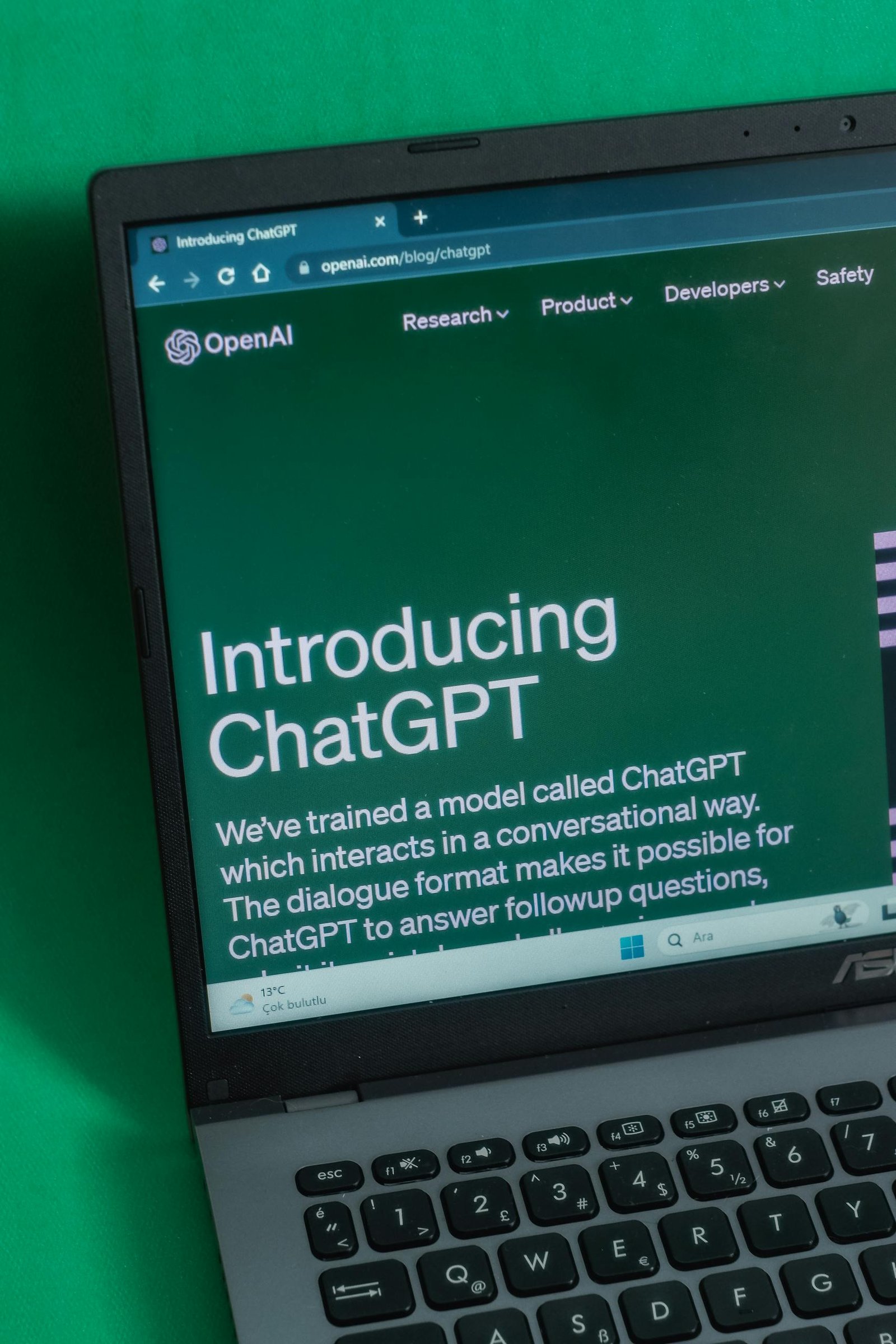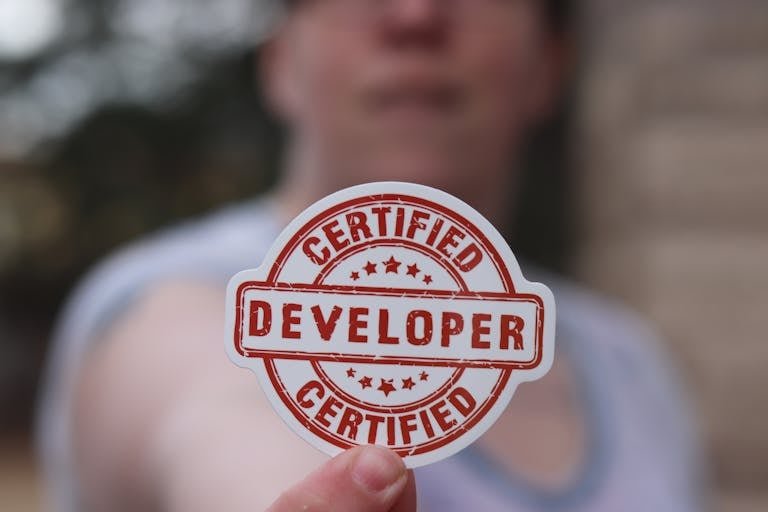Prompts Framework Overview
Prompts Framework
What is a Prompts Framework?
A Prompts Framework is a structured approach to designing, organizing, and managing inputs (prompts) used to interact with AI language models (like ChatGPT, Claude, Gemini, or open-source LLMs). It enables more predictable, reusable, and optimized outcomes for tasks such as summarization, classification, translation, reasoning, and creative writing.
Category:
- Artificial Intelligence
- Natural Language Processing (NLP)
- Human-AI Interaction
- Prompt Engineering
Use Cases:
- Building AI chatbots and assistants
- Automating tasks like summarization, writing, or code generation
- Creating reusable prompt templates for business processes
- Enhancing the accuracy and tone of LLM outputs
- Training teams in responsible and effective AI usage
Who Uses It?
- Prompt engineers and AI developers
- Content creators and marketers
- Educators and instructional designers
- Product managers using LLM APIs
- Enterprises integrating AI into workflows
- Students and researchers exploring LLM capabilities
Core Components of a Prompts Framework
- Prompt Template Structure (e.g., Instruction → Context → Input → Output format)
- Prompt Types: Zero-shot, few-shot, chain-of-thought, self-reflection
- Prompt Variables: Dynamic insertion of user or task-specific info
- Goal-Oriented Design: Tasks like classification, reasoning, generation, etc.
- Evaluation Methods: BLEU score, ROUGE, human feedback, A/B testing
- Version Control: Managing and improving prompt iterations over time
- Framework Examples:
- PromptLayer (tracking/evaluation tool)
- LangChain Prompt Templates
- OpenAI Function Calling prompt structure
- ReAct, Tree-of-Thoughts, AutoGPT prompt workflows
Audience-Specific Benefits
| Audience | Value of Prompts Framework |
|---|---|
| Developers | Design reliable AI workflows and chains of prompts for apps and APIs |
| Researchers | Standardize experiments and improve reproducibility |
| Students | Learn structured prompting, understand AI reasoning |
| Business Users | Customize AI tools for marketing, HR, support, or finance tasks |
| Content Creators | Automate content generation with desired tone and structure |
Training, Certification & Learning
Courses & Certifications
- DeepLearning.AI – Prompt Engineering for Developers (Free w/ OpenAI)
- Coursera – Prompt Engineering Specialization
- OpenAI Cookbook + Documentation
- LangChain & LlamaIndex tutorials (for framework-based prompting)
- MIT, Stanford, and Hugging Face resources
Cost & Duration
- Free to $500+
- Duration: 2 hours to 4 weeks
- Certifications: Informal (no industry-wide standard yet)
Skill Level Required
- Beginner to Intermediate (no coding required for some tools)
Licensing & Legal
| Aspect | Details |
|---|---|
| Framework License | Depends on tool (e.g., LangChain = MIT license, PromptLayer = SaaS) |
| Prompt IP Ownership | Prompts you write are usually yours, but outputs can be usage-limited |
| API TOS | Always comply with platform-specific Terms of Use (OpenAI, Anthropic, etc.) |
Comparison Table
| Feature | Prompts Framework | Traditional UI | Rule-Based Systems | Coding Libraries |
|---|---|---|---|---|
| Ease of use | High | Medium | Medium | Low |
| Customization | Very High | Low | Medium | Very High |
| AI integration ready | Yes | No | No | Yes |
| Reusability | High | Low | Medium | High |
Ecosystem & Tools
- Prompt Repositories: FlowGPT, PromptBase, PromptHero
- Tools & Frameworks:
- LangChain – prompt templates and chaining
- PromptLayer – prompt tracking & analytics
- OpenPrompt – research prompt framework
- Prompt Engineering Guide – curated resources
- APIs Supported: OpenAI, Anthropic, Cohere, Mistral, Azure AI
Career & Industry Demand
- Job Titles: Prompt Engineer, AI Content Strategist, NLP Engineer, AI Developer
- Average Salary (US): $95K–$200K+
- Industries: Tech, Finance, Education, Marketing, Healthcare, SaaS
- In-Demand Skills: LLM tuning, LangChain, structured prompting, API chaining
Success Stories / Use Cases
- Legal Tech: Automating contract summarization using prompt chains
- Customer Service: Custom GPTs for handling support tickets
- Education: LLM tutors with guided step-by-step thinking prompts
- Marketing: Generating product descriptions at scale with templates
Getting Started with a Prompts Framework
- Learn basic prompt styles: zero-shot, few-shot, CoT
- Explore the OpenAI Cookbook
- Try LangChain or PromptLayer
- Take the DeepLearning.AI prompt course
- Build and test prompts using tools like ChatGPT, Claude, or Gemini





